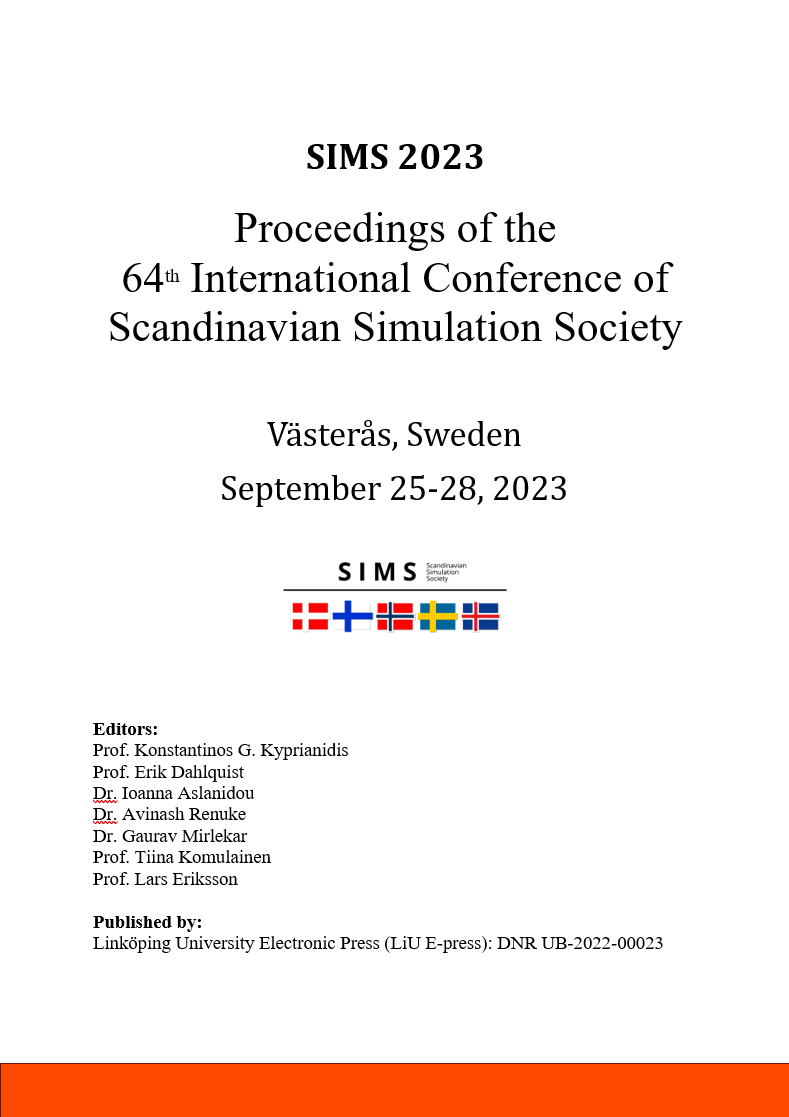A Comparison of Strain Gauge Measurements and FEA for a Confined Channel Geometry Subjected to a Hydrogen-Air Mixture Explosion
DOI:
https://doi.org/10.3384/ecp200028Keywords:
Structural response, Finite Element Analysis, Strain Gauges, ExplosionsAbstract
Using finite element analysis for rapid dynamic loads without validation of the results can lead to major miscalculation, thus making it necessary to examine the accuracy of the software. The structural response from a hydrogen-air mixture explosion in a confined channel is investigated with experiments and numerical methods. The channel measures 1000 mm in length, with an inside diameter of 65 mm, and 15 mm thick transparent polycarbonate sidewalls. Hydrogen and air were released into the channel and ignited. Four Kistler transducers record the internal pressures. A biaxial HBM rosette strain gauge was bonded to the polycarbonate sidewall, used for recording strains during the explosion experiments, where von Mises stresses were calculated from these recordings. The channel was then idealized as a computer-aided design model in the engineering software SOLIDWORKS. By utilizing the pressure data from the experiments and creating a three-pointed loading curve, finite element analysis was applied for obtaining numerical von Mises stress results. Comparing the experimental and numerical results of von Mises stress show a variation of 4.9%.Downloads
Published
2023-10-19
Issue
Section
Contents
License
Copyright (c) 2023 Daniel Eckhoff, Magne Bratland, Mads Mowinckel

This work is licensed under a Creative Commons Attribution 4.0 International License.

